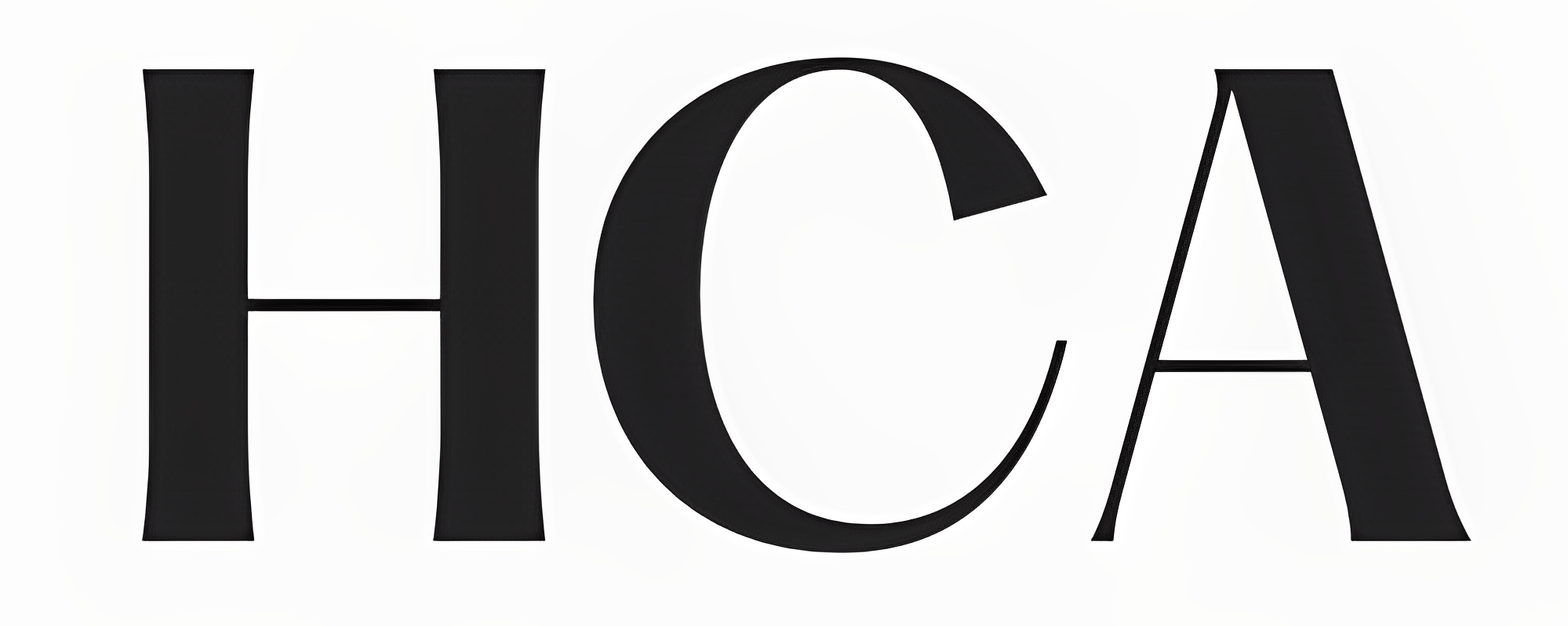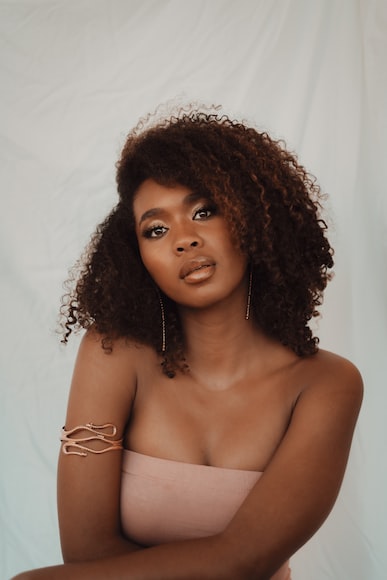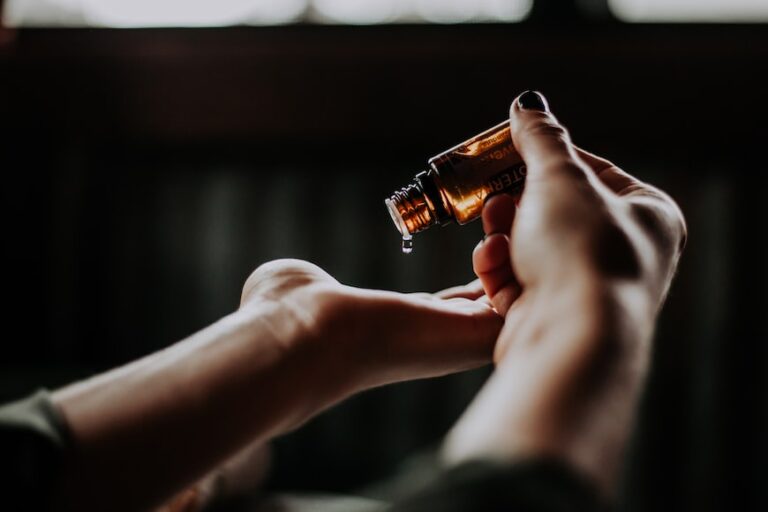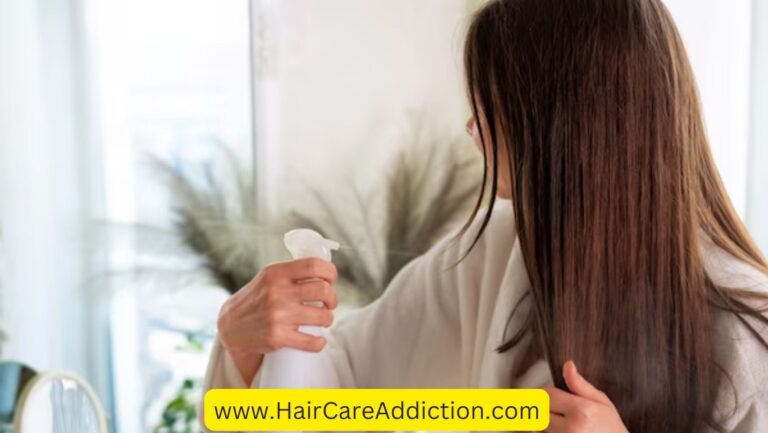How To Tell If Relaxer Is Still In Hair?
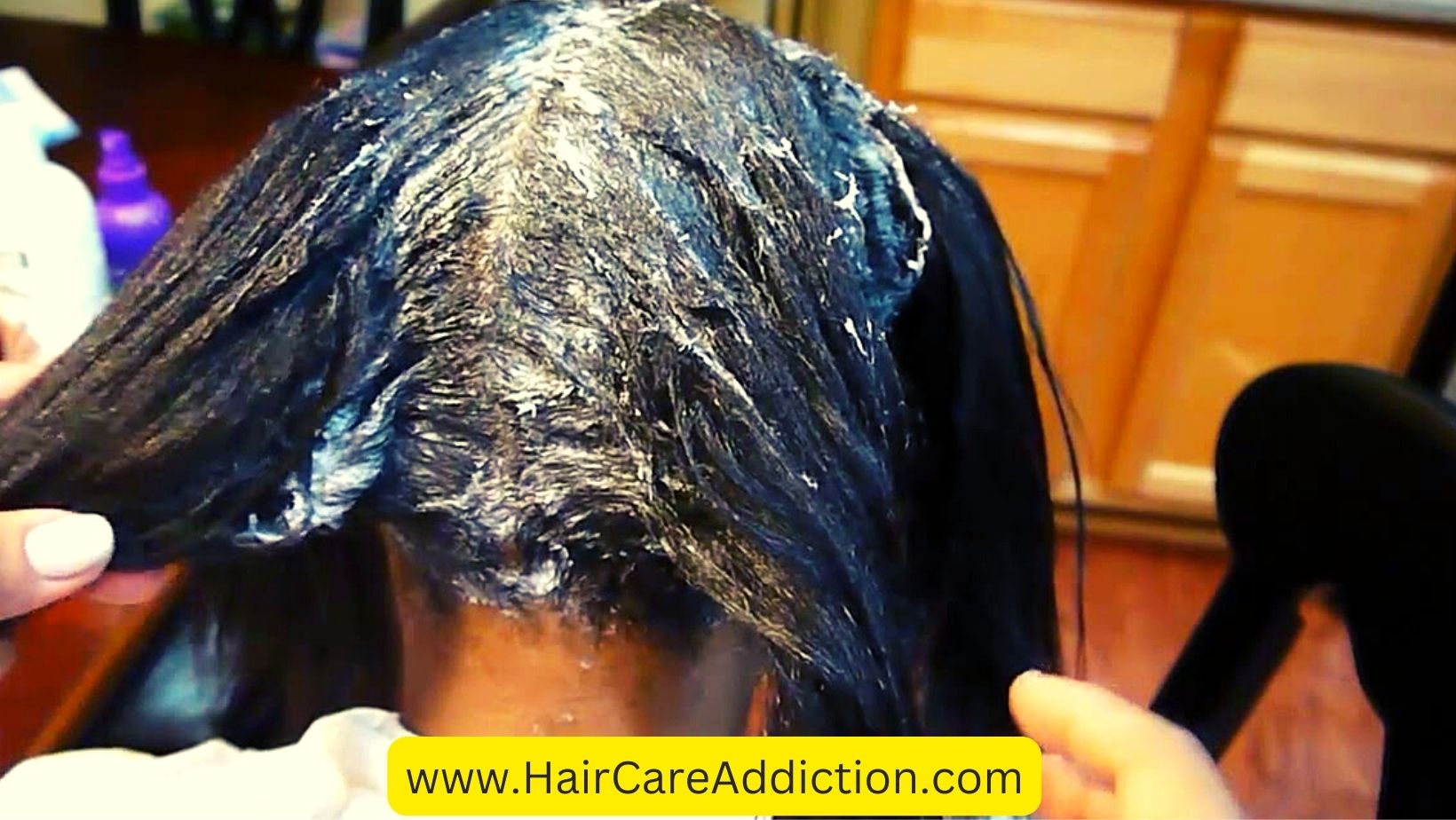
If you’ve recently undergone a hair relaxing treatment, it’s crucial to determine whether any residual chemicals from the process remain in your hair.
Relaxers are chemical compounds used to straighten curly or kinky hair by breaking down its natural bonds.
Failure to adequately rinse out relaxers can result in various hair and scalp issues, including dryness, brittleness, breakage, split ends, irritation, and even burns.
This article aims to provide guidance on how to discern the presence of relaxer residue in your hair and how to eliminate it safely.
How To Tell If Relaxer Is Still In Hair?
Texture Check
One effective way to gauge whether relaxer residue remains in your hair is by assessing its texture.
If your hair feels excessively straight or stiff, this could indicate the persistence of relaxer chemicals.
Another test involves gently pulling a small section of hair from the back of your head to see if it stretches.
If it snaps instead of stretching, relaxer residue may still be present. It’s advisable to perform this test in multiple sections to confirm the results.
New Growth Examination
Examining the new hair growth near your scalp can also help determine if relaxer residue is still present.
If the freshly grown hair appears curly or wavy while the rest of your hair remains straight, it may suggest that the relaxer has not been thoroughly rinsed out.
Monitoring new growth is particularly crucial for individuals with relaxed hair. New growth will typically appear as straight, smooth strands among your naturally curly or kinky hair.
To check for new growth, divide your hair into sections and closely inspect the roots.
Scalp Sensation
Relaxers can be harsh on the scalp. If you’ve recently undergone a relaxer treatment, pay close attention to your scalp for signs of irritation, such as itching, redness, flaking, or a burning sensation.
These symptoms may indicate either scalp damage or the presence of residual relaxer on your skin.
Read Also: Can You Relax Diry Hair?
How to Safely Remove Relaxer Residue?
If you suspect relaxer residue lingers in your hair, it’s essential to act promptly to prevent further damage. Follow these steps to remove any residual relaxer:
Use a Neutralizing Shampoo
Neutralizing shampoos are designed to halt the chemical action of the relaxer and restore the pH balance of your hair and scalp.
They also help eliminate any lingering traces of relaxer. It’s crucial to use a neutralizing shampoo as soon as possible after the relaxer application and follow the instructions on the product label.
Some neutralizing shampoos feature a color indicator that turns pink when relaxer is present and clear when it’s fully removed.
Thorough Rinsing
After shampooing with a neutralizing shampoo, rinse your hair thoroughly with warm water until the water runs clear. This ensures that no relaxer residue remains in your hair or on your scalp.
Deep Conditioning
Relaxers can strip your hair of its natural moisture and oils, leaving it dry and brittle.
After removing relaxer residue, use a moisturizing conditioner or a deep conditioning treatment and leave it on for at least 15 minutes before rinsing.
This will help restore the moisture and nutrients necessary for healthy hair.
Avoid Heat Styling
Heat styling tools, such as blow dryers, curling irons, or flat irons, can further damage relaxed hair, causing breakage, split ends, or frizz.
It’s advisable to abstain from using heat on your hair for at least a week after a relaxing treatment. Allow your hair to air dry or use low heat settings if necessary.
Regular Trimming
Relaxers can weaken the ends of your hair, making them prone to splitting or breaking.
Regularly trim your hair to remove damaged or split ends, maintaining its overall health and uniform appearance.
You can either trim your hair yourself or seek professional assistance from a stylist.
Conclusion
While relaxers offer a convenient method to straighten hair, it’s vital to be aware of potential residue and how to remove it safely.
Signs of lingering relaxer include unusual hair texture, new growth inconsistency, and scalp irritation.
To remove any residue, utilize a neutralizing shampoo, rinse thoroughly, deep condition, avoid heat styling, and maintain regular trims for healthy, relaxed hair.
We trust this article has provided valuable insights and guidance on this important topic.
